

Derek Fung
Revived Ram 1500 TRX could debut on New Year's Day
3 Days Ago

News Editor
The 2021 Mazda BT-50 range can boast the same five-star rating from ANCAP as its Isuzu D-Max twin.
The independent safety body has given the maximum number of stars to the new BT-50, which differs from the D-Max only in exterior and interior styling.
The rating is based on an adult occupant protection score of 83 per cent, a child occupant protection score of 89 per cent and a safety assist score of 81 per cent.
Though the BT-50 wasn’t subjected to the full battery of safety testing, owing to its close relation with the D-Max, ANCAP conducted supplementary testing of the BT-50 to assess vulnerable road user protection.
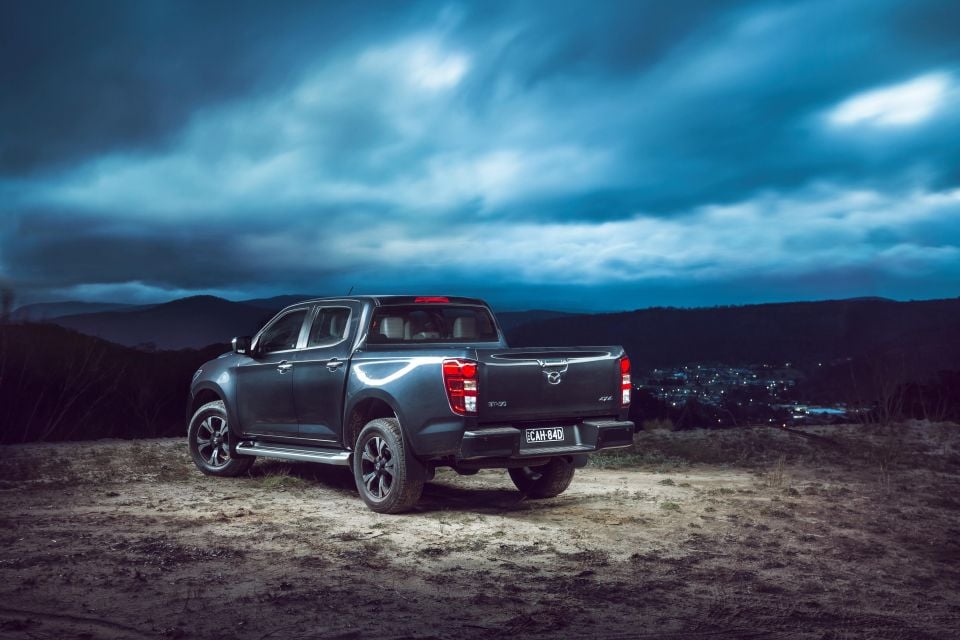
Due to its different front fascia and bonnet, the BT-50 received a score of 67 per cent in this category to the D-Max’s 69 per cent.
The BT-50 received maximum points for side impact and oblique pole crash tests, as well as the protection of child occupants in the frontal offset and side impact tests.
“It is reassuring to see the safety of Mazda customers and other road users being prioritised regardless of market segment,” said Rhianne Robson, ANCAP’s communications and advocacy director.
The BT-50 and D-Max are a cut above their competitive set in safety, even though most of their rivals have five-star ANCAP ratings. These models have older date stamps though, reflecting testing conducted under less stringent criteria.
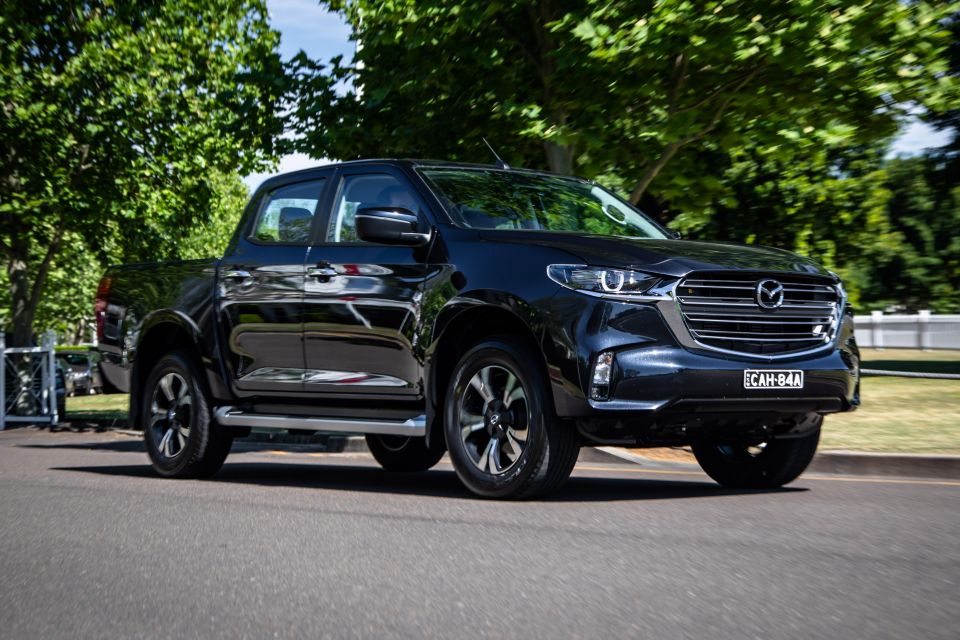
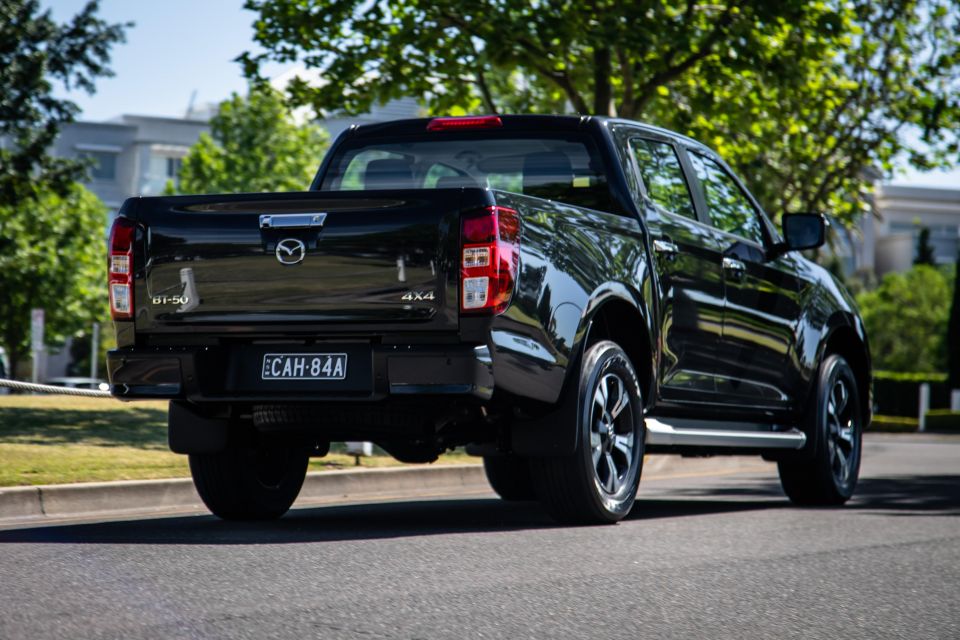
Every BT-50 and D-Max has a suite of active safety technology, comprising autonomous emergency braking with pedestrian and cyclist detection and junction assist, as well as forward-collision warning, turn assist, traffic sign recognition, lane-departure warning, lane-keeping assist, blind-spot monitoring, rear cross-traffic alert, and adaptive high-beam.
In contrast, rivals such the Nissan Navara and Volkswagen Amarok don’t have any active safety technology, while the better-equipped Ford Ranger and Toyota HiLux lack blind-spot monitoring.
The Mitsubishi Triton offers blind-spot monitoring and rear cross-traffic alert in its highest grades but lacks AEB in the very base model.
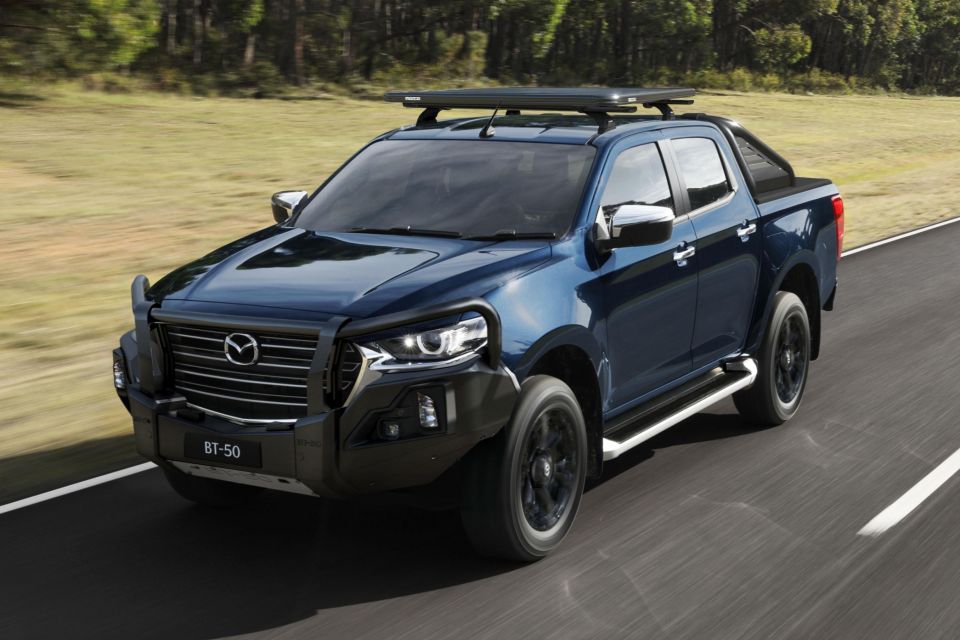

As part of the tougher 2020 protocols, Mazda also submitted to ANCAP a post-crash rescue sheet.
ANCAP has recently resumed testing for 2020, following new criteria. Changes include the introduction of a moving, deformable barrier for the frontal crash test, replacing the old static unit, as well as higher speeds and heavier trolleys for side impact testing.
Where expert car reviews meet expert car buying – CarExpert gives you trusted advice, personalised service and real savings on your next new car.
William Stopford is an automotive journalist with a passion for mainstream cars, automotive history and overseas auto markets.


Derek Fung
3 Days Ago


Damion Smy
6 Days Ago


Ben Zachariah
8 Days Ago


James Wong
14 Days Ago


Ben Zachariah
15 Days Ago
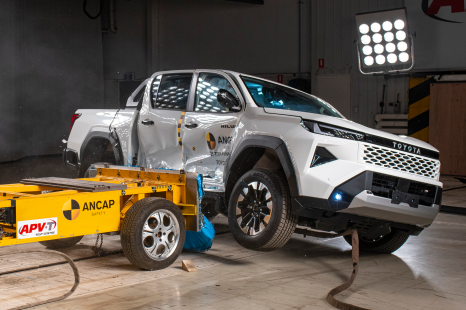

William Stopford
15 Days Ago